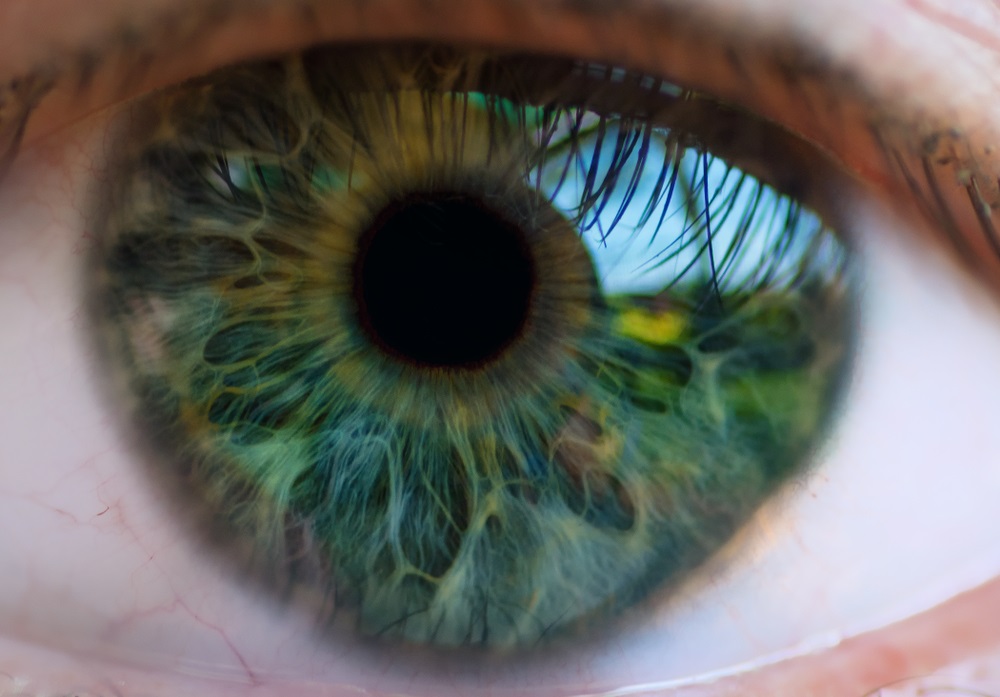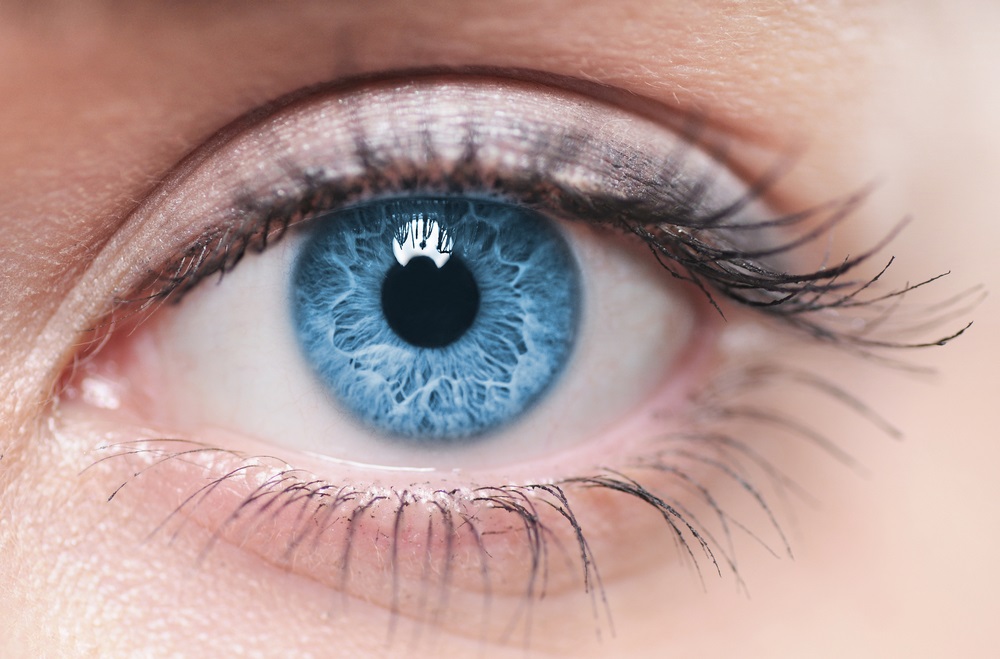Contents
Introduction
In this age of technological marvels, knowing about the eye facts can be interesting. Our eyes play an essential role in absorbing the world’s beauty and knowledge. Have you ever wondered about the intricate workings of these captivating windows to our soul? Let’s embark on a journey to unearth some truly fascinating eye facts that will leave you in awe.
The Remarkable Complexity of the Eye Facts
The human eye is a masterpiece of biological engineering, containing over 2 million working parts. Each component plays a crucial role in vision, from the delicate cornea that acts as a protective shield to the intricate lens that focuses light onto the retina.
Bursting with Photoreceptors
Did you know that the retina contains approximately 120 million rod cells for night vision and 6 million cone cells responsible for color perception? It’s incredible how this vast array of photoreceptors collaborates to create the world of colors and shapes we see daily.
Perplexing Visual Illusions
Our eyes can sometimes deceive us in fascinating ways. Visual illusions exploit the brain’s attempts to make sense of conflicting information from our eyes. The Ames Room illusion, for example, uses distorted perspectives to make people of different sizes appear the same. Such illusions reveal the brain’s incredible capacity to interpret and sometimes misconstrue the visual world.
The Eye’s Connection with the Brain
The eye doesn’t work alone; it’s intricately linked with the brain through the optic nerve. This connection allows for the rapid transmission of visual information, enabling us to perceive and respond to our environment in real-time.
The Blind Spot Paradox
Have you ever heard of the blind spot? It’s a small area on the retina where the optic nerve exits the eye. Interestingly, we don’t notice this blind spot in our everyday lives because our brain cleverly fills in the missing information, showcasing the brain’s ability to compensate for limitations.
Unraveling Genetic Mysteries
Eye color, often considered a window into our genetics, is influenced by the interaction of multiple genes. While blue and brown eyes are the most common, variations like green and hazel result from intricate genetic interplay. Exploring the genetics of eye color opens a fascinating realm of understanding about our ancestry and hereditary traits.
The Window to Your Health

Beyond the wonders of vision, our eyes can provide insights into our overall health. Conditions like diabetes and hypertension often leave telltale signs in the eyes, making regular eye exams essential for early detection and prevention.
The Retina’s Microscopic Marvels
In the retina, tiny blood vessels reflect the state of our vascular system. The intricate network of blood vessels can reveal early signs of cardiovascular diseases, underlining the importance of comprehensive eye examinations in safeguarding our well-being.
The Evolution of Vision
The journey of how vision evolved is a captivating tale of adaptation. From single-celled organisms detecting light to the complex eyes of vertebrates, this evolution showcases nature’s brilliance in creating diverse ways to perceive the world.
Some Points about Eye Facts
Eye facts reveal that the human eye can distinguish approximately 10 million colors, showcasing our vision system’s remarkable complexity.
Learning eye facts can help us understand that the cornea is the only part of the body without blood vessels, relying on tears and external fluids for nourishment.
One of the fascinating eye facts is that our eyes are in constant motion, making tiny, involuntary movements called microsaccades, which prevent vision from fading during fixed gaze.
Eye facts highlight the value of routine eye exams since they can identify diseases in their early stages like glaucoma, allowing for timely intervention and preservation of vision.
Delving into eye facts unveils that the human eye blinks about 15–20 times per minute, contributing to the distribution of tears and maintaining the ocular surface’s health.
Eye facts teach us that the retina, located at the back of the eye, contains cells called photoreceptors, responsible for converting light into electrical signals that the brain interprets as vision.
Exploring eye facts underscores the uniqueness of each person’s iris patterns, which are as distinctive as fingerprints, forming the basis for advanced biometric identification systems.
Conclusion
In the intricate symphony of life, our eyes hold a special place. Their evolution, complexity, and connection with our brain create an awe-inspiring narrative of survival, perception, and wonder. As we continue to unlock the mysteries of vision, we find ourselves humbled by the beauty and intricacy of the visual world.
Discover the clarity you deserve with our Comprehensive Eye Examination at Faro Optometry. Our expert optometrists are dedicated to safeguarding your vision and ensuring optimal eye health.
Call (323) 988-1033 Or Book Online.
FAQs
Can eye color change due to age?
While substantial changes are rare, certain individuals may experience minor shifts in eye color due to a combination of lighting, environment, and even hormonal changes over time
How do our eyes adapt to different light conditions?
The iris, a dynamic muscular structure within the eye, regulates the amount of light entering by adjusting the pupil size. In bright conditions, the pupil contracts, allowing less light in, while in dim settings, it dilates to enable more light to reach the retina.
What role does the brain play in visual perception?
The brain is the master interpreter of visual signals. It decodes the retina’s electrical signals into the coherent images that constitute our perception. This intricate process involves the seamless integration of multiple brain regions.
Why do different animals have varied types of eyes?
The diversity of eyes across species reflects the remarkable adaptations driven by environmental pressures and specific survival needs. Different eye structures optimize creatures for their distinct ecological niches, such as nocturnal hunting or underwater navigation.
How does extended screen time affect our eyes?
Prolonged exposure to screens can lead to a phenomenon known as digital eye strain, characterized by symptoms like dryness, discomfort, and blurred vision. Adhering to the 20-20-20 rule (taking a 20-second break every 20 minutes to gaze at something 20 feet away) can alleviate strain and promote healthier screen usage.


